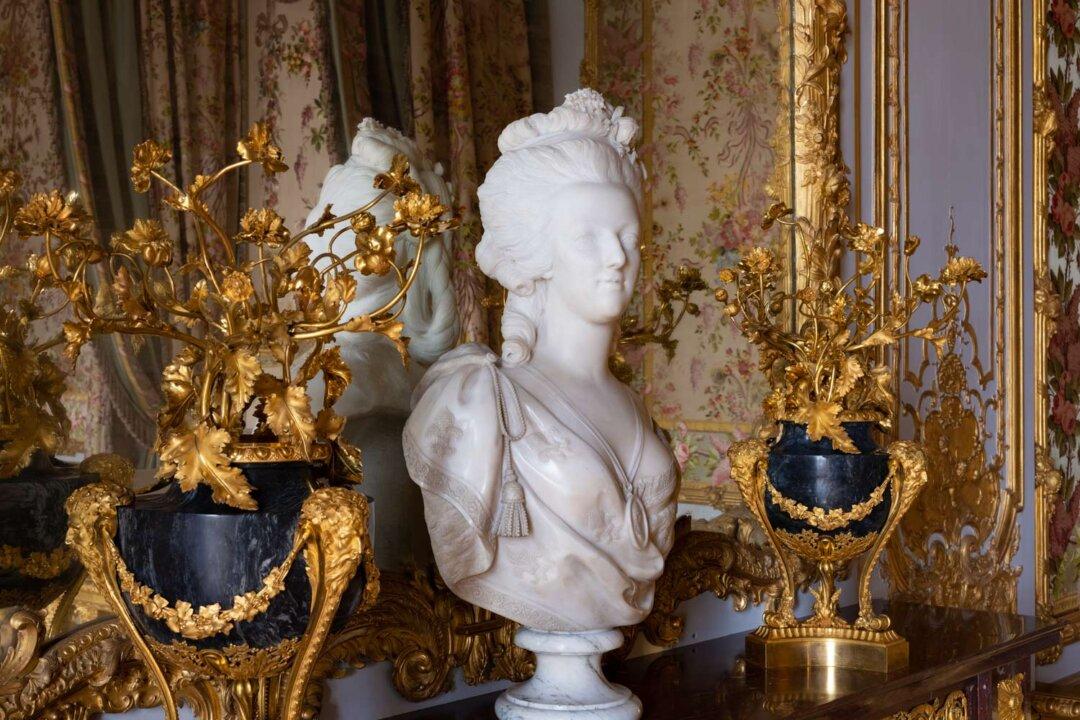Politics is a battlefield, and smear campaigns are the dirty bombs. They’re everywhere, as ubiquitous as dust in the wind, and just as insidious.
Rumour and innuendo are the weapons of choice for those who can’t fight fair.

Politics is a battlefield, and smear campaigns are the dirty bombs. They’re everywhere, as ubiquitous as dust in the wind, and just as insidious.
Rumour and innuendo are the weapons of choice for those who can’t fight fair.